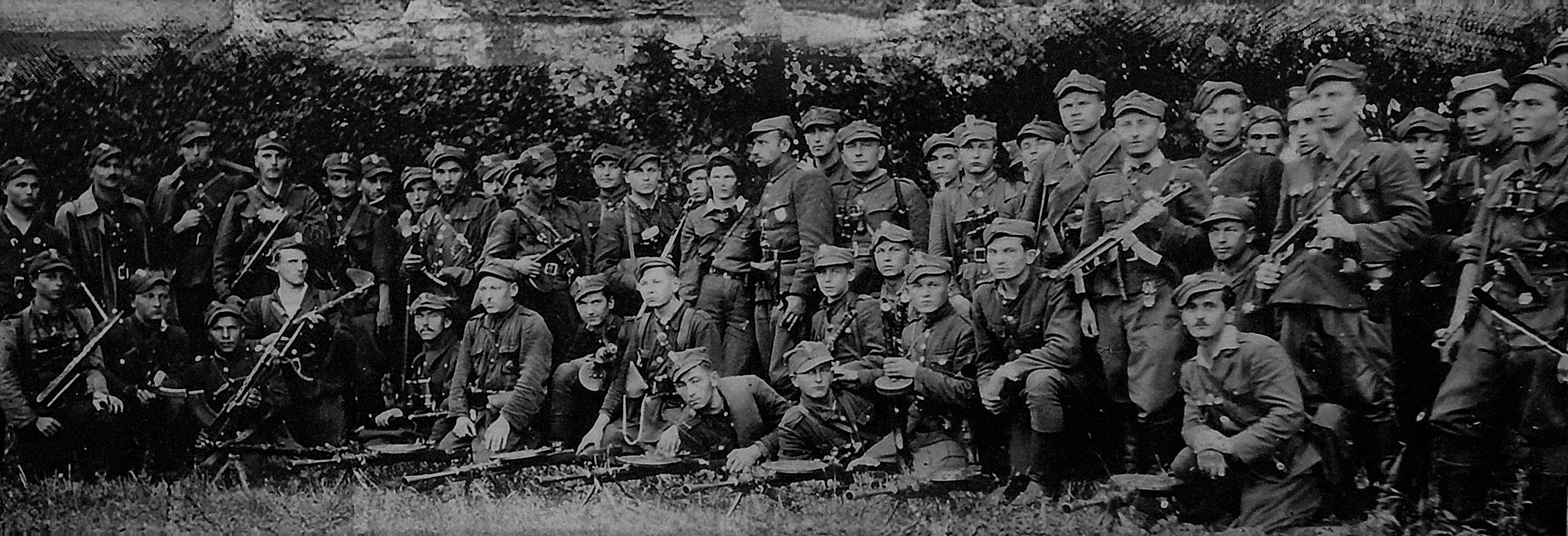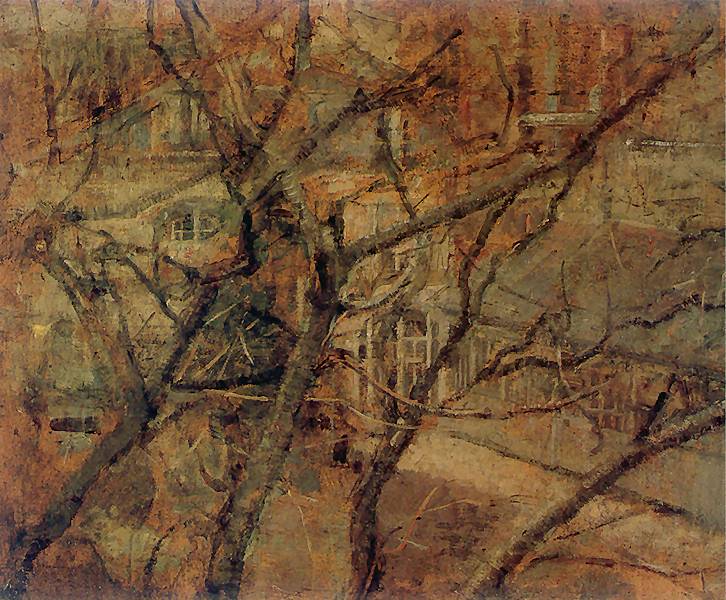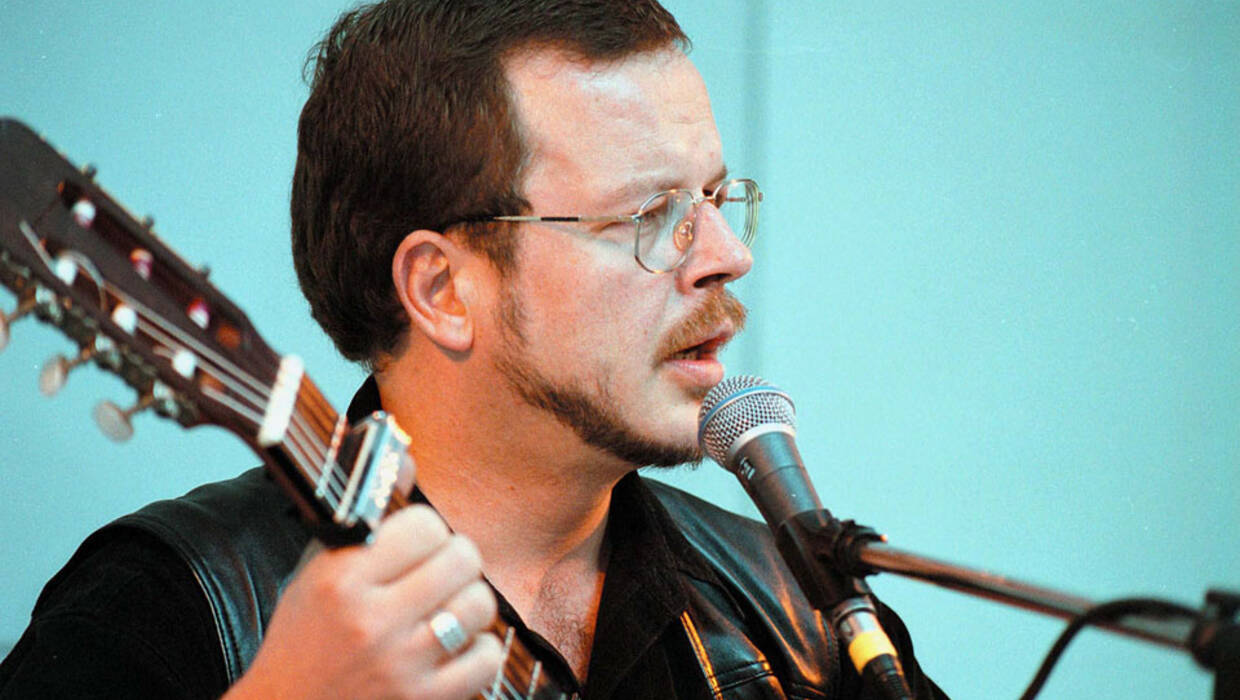Anti-communist resistance in post-war Poland remains a widely debated subject of contemporary Polish historiography and politics of memory. Despite the growing number of publications dedicated to the anti-communist partisans and the lip-service paid to their commemoration, we still know very little about the subjective experience of their struggle. The new book by Mariusz Mazur aims to fill that gap and give us a glance into the inner world of the so-called “Cursed Soldiers”.
by Dorota Choińska
The protagonists of Mariusz Mazur’s book are the “partisans of the post-war Polish anti-communist independence resistance”, that is members of the Polish underground organizations – those subordinated to the government exiled in London throughout the Second World War as well as other, unaligned groups – who perceived the Soviet liberation of Poland in 1944-1945 as a new form of occupation and decided to turn their struggle against the communist authorities. The author concentrates on the period between 1944 and 1956, the former year marking the establishment of Moscow-inspired nuclei of power on the Polish territory, and the latter – almost complete disintegration of the post-war resistance (after 1956 only very scarce, dispersed groups of partisans remained in the field). Focusing on such a timeline follows a conventional suit, established by other publications on the subject, and results from the author’s intent to present a mental portrait of those members of the resistance who most closely fit the idea of an archetypal partisan, hiding in the forests and engaging in armed struggle. Therefore, the subjects of the study are not the high-rank military in the army headquarters nor the villagers forming civilian support networks, but the individuals (mainly men) who actively fought against the communist regime.

Author: Mariusz Mazur
Publisher: Bellona/UMCS, 2020
One of the main theses of Mazur’s analysis is that people do not behave in a fully reasonable and rational way but are influenced by subconscious states, emotions, interests, and ambitions stemming from their socio-cultural environments.
The author attempts to describe the Polish partisans’ worldview and psychological predispositions, starting with their early education and relatively peaceful youth in reborn Poland, suddenly ruptured by the war and abnormal, brutalized war-time existence. Mazur also presents a rich repertoire of factors that might have potentially exerted pressure on the mental and physical well-being of the post-war partisans and thus impact their actions and decisions, e.g. rough living conditions, long-time seclusion, permanent stress, pain, death of the fellow soldiers and relatives, recurrent defeats. He also takes into account more cheerful moments, such as holiday leaves, family encounters, victories, and motivating successes in battle.
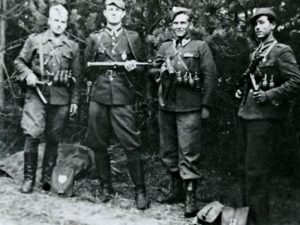
To better understand the fighters’ motivations and the toll of their lifestyle, Mazur invokes experiments and observations concerning universal psychological mechanisms that the armed struggle might have triggered in the Polish soldiers. Mazur’s analysis is extensive and exhaustive, covering diverse aspects of partisans’ activity and following the progression of their attitudes from still hopeful beginnings of the anti-communist resistance until its bleak end.
However, Mariusz Mazur’s avoidance of all lofty exaggeration is the most important asset of the book. The author is very careful not to make any a priori generalizations and not jump to hasty conclusions not grounded in data. This commitment is particularly relevant and even praiseworthy since so many publications on the subject are filled with politically-driven misrepresentations. One of such premises that Mazur aims to undermine is the assumption about the high-brow, patriotic upbringing of the anti-communist partisans that directly influenced their decision to continue the fight against the “new enemy” even after the end of the war. The author demonstrates that the majority of the Polish post-war resistance fighters were simple young men with rural or proletarian backgrounds, who had usually attended no more than the first few years of primary education. Their patriotism or “national consciousness” might have influenced their choice to join or remain in the guerilla groups, but they were just one of many other important causes, such as the impossibility to leave the underground structures, communist terror, military discipline, and their or their leaders’ authority.
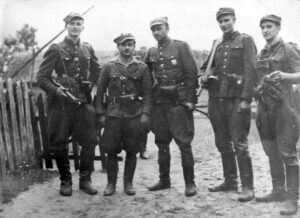
The careful narration constructed by Mariusz Mazur provokes us to question our ideas about the Polish anti-communist resistance and the quasi-legendary aura surrounding its participants. Most importantly, though, Mazur manages to take a look at the post-war resistance from a distance, without naïve embellishment of their motives and deeds, but also without arrogant demonization. He portrays them not as flawless titans or evil villains, but as people in flesh and blood who, due to tragic twist of events, resorted to or were forced to resort to a dirty and hopeless fight. Such depiction of the post-war anti-communist soldiers highlights their depth and truly human complexity.
Author: Dorota Choińska
Translation: Alicja Rose & Jessica Sirotin

